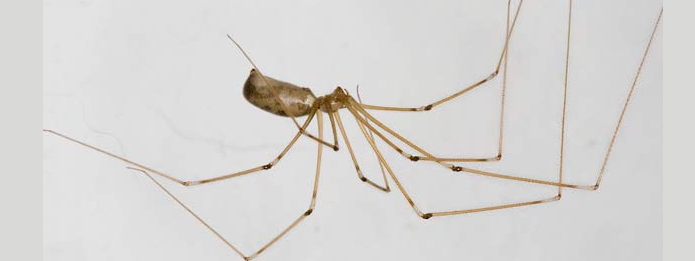 A few spiders in your home are not cause for alarm. Spiders are mostly harmless, and having them around may be beneficial to the ecosystem because they feed on insect pests. However, if spiders seem to be overrunning the entire house, it may be necessary to seek out professional spider removal.
There are at least 1,000 species of spiders found in Canada. Some are relatively rare, while others are more common. Here is a guide to the five spider species you are most likely to encounter, especially in Canadian homes.
A few spiders in your home are not cause for alarm. Spiders are mostly harmless, and having them around may be beneficial to the ecosystem because they feed on insect pests. However, if spiders seem to be overrunning the entire house, it may be necessary to seek out professional spider removal.
There are at least 1,000 species of spiders found in Canada. Some are relatively rare, while others are more common. Here is a guide to the five spider species you are most likely to encounter, especially in Canadian homes.
 A few spiders in your home are not cause for alarm. Spiders are mostly harmless, and having them around may be beneficial to the ecosystem because they feed on insect pests. However, if spiders seem to be overrunning the entire house, it may be necessary to seek out professional spider removal.
There are at least 1,000 species of spiders found in Canada. Some are relatively rare, while others are more common. Here is a guide to the five spider species you are most likely to encounter, especially in Canadian homes.
A few spiders in your home are not cause for alarm. Spiders are mostly harmless, and having them around may be beneficial to the ecosystem because they feed on insect pests. However, if spiders seem to be overrunning the entire house, it may be necessary to seek out professional spider removal.
There are at least 1,000 species of spiders found in Canada. Some are relatively rare, while others are more common. Here is a guide to the five spider species you are most likely to encounter, especially in Canadian homes.

